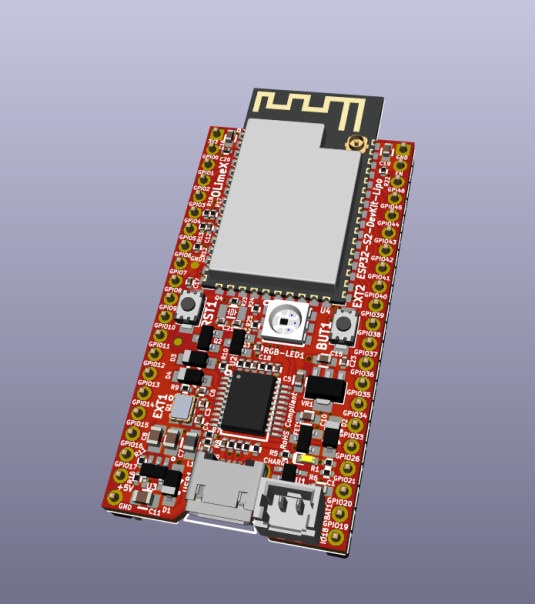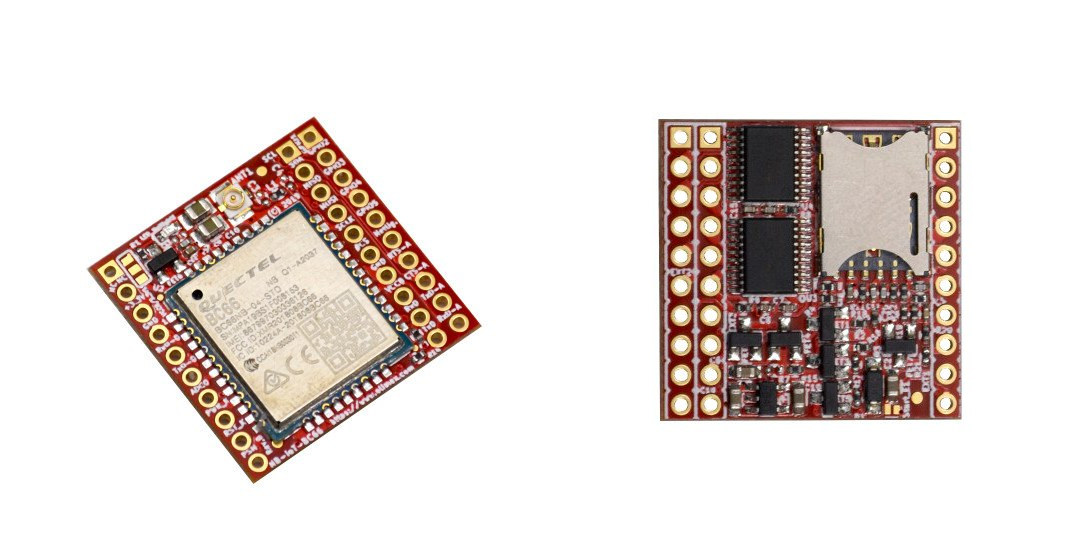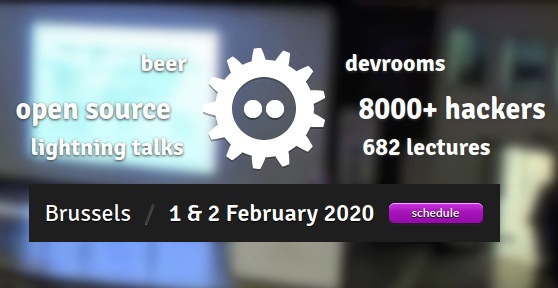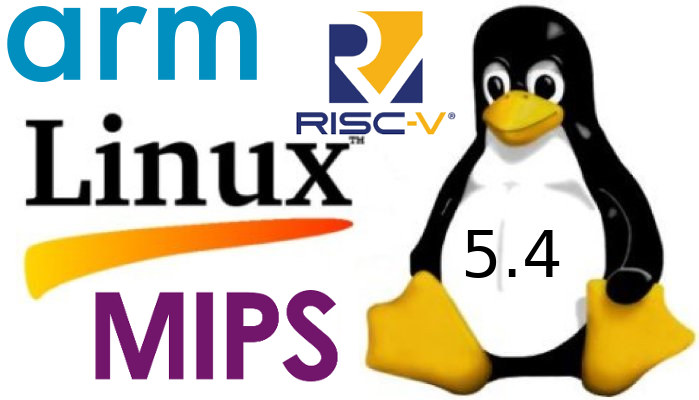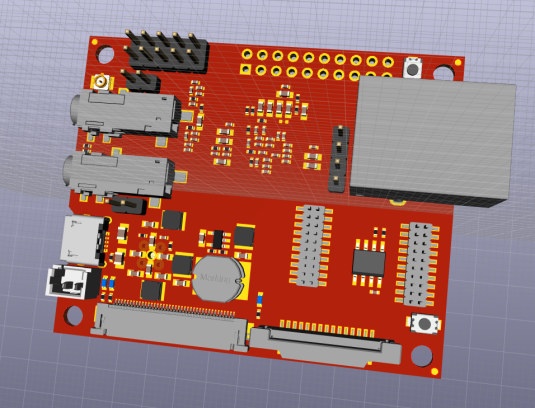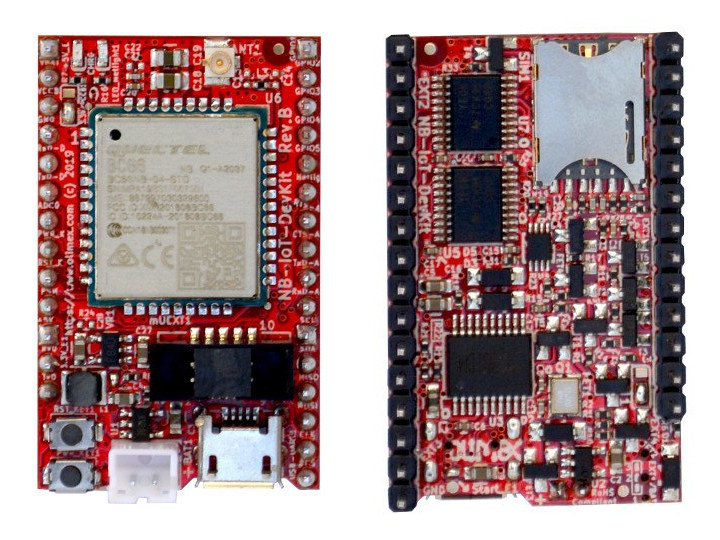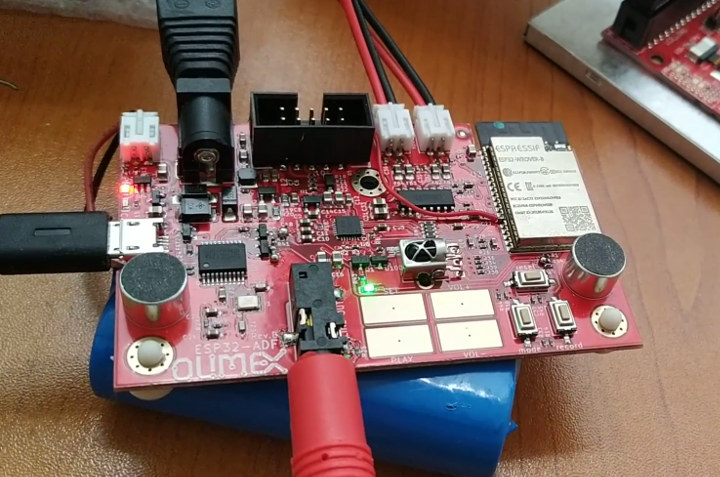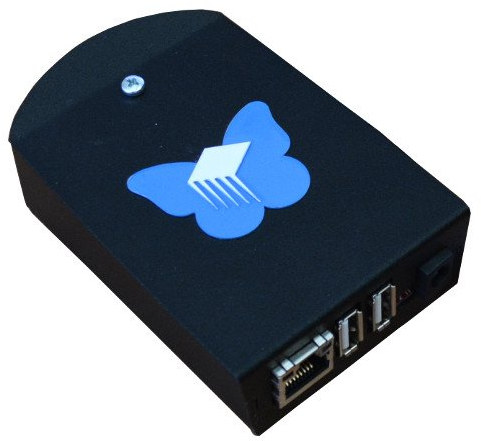When we covered ESP32 powered TTGO T-Watch-2000 smartwatch this week-end, people noted that with a 350 mAh battery, the watch would last about 3.65 days considering a 4mA drain with the screen always off, WiFI and Bluetooth off, and around 65mA when the screen is on good for about 5 hours of continuous use without Bluetooth nor WiFi. But it’s possible to make a much more-efficient ESP32-S2 Wifi board, as demonstrated by Olimex with their upcoming ESP32-32-Devkit-LiPo based on ESP32-S2-Saola-1 with circuitry to support LiPo batteries. They designed the board with an ultra-low-power power supply circuit which makes current consumption during sleep only 6uA, 4 of which are due to the battery measurement resistor divider, meaning the board should consume only 2uA in sleep mode or about 10 times less than other ESP32 Olimex boards. When reviewed Qoitech Otii power measurement & DAQ tool, we also noted power consumption could […]
Olimex Launches a Breakout Board with Quectel BC66 NB-IoT module
Quectel BC66 NB-IoT module is found on a few development boards such as Olimex NB-IoT DevKit, works worldwide – at least where NB-IoT networks are deployed -, and can be programmed with Arduino or PlatformIO. Olimex has now designed a breakout board fitted with Quectel BC66 module for people wanting a smaller footprint (26x26mm) and/or integrate the module easily with their own hardware. Olimex BC66 breakout board’s features and specifications: NB-IoT Connectivity Quectel BC-66 with worldwide GSM bands coverage 25.5 kbps uplink and downlink nano SIM card slot u.FL antenna connector + optional antenna I/O Expansion – 3x 10-pin header either unpopulated or fitted with male headers; Level shifters for 5x GPIOs, I2C, SPI, UART Misc – Status LEDs Power Supply – Dimensions – 26×26 mm As with other LPWAN modules, this module/board would typically be found in remote electricity, water and gas meters, smart city (parking/lighting) management systems, healthcare […]
Some Interesting Talks from FOSDEM 2020 Schedule
We wrote about IoT devroom call for proposals for FOSDEM 2020 a little while ago, and as the free open-source developer meetup is getting closer, FOSDEM 2020 organizers released the schedule. So I’ll look at some of the talks in the relevant devrooms such as the Internet of Things, hardware enablement, Embedded, Mobile and Automotive, as well as RISC-V and others to compose my own little virtual schedule for the 2-day event. Saturday, February 1 10:30 – 10:50 – How lowRISC made its Ibex RISC-V CPU core faster – Using open source tools to improve an open-source core – by Greg Chadwick Ibex implements RISC-V 32-bit I/E MC M-Mode, U-Mode, and PMP. It uses an in-order 2 stage pipe and is best suited for area and power-sensitive rather than high-performance applications. However, there is scope for meaningful performance gains without major impact to power or area. This talk describes work […]
Linux 5.4 Release – Main Changes, Arm, MIPS & RISC-V Architectures
Linus Torvalds has just announced the release of Linux 5.4: Not a lot happened this last week, which is just how I like it. And as expected, most of the pull requests I got were for the 5.5 merge window, which I’ll obviously start working through tomorrow. What little there is here is mostly some networking updates (mix of network drivers and core networking), and some minor GPU driver updates. Other than that it’s a small collection of random other things all over. The appended shortlog is small enough that you might as well just scroll through it. Anyway, this obviously opens the merge window for 5.5. It’s not ideal timing with Thanksgiving week coming up, but it hopefully shouldn’t be too much of an issue. If I fall behind (not because I’m all that big of a fan of the indiscriminate and relentless turkey-killing holiday) it’s because we’ve got […]
Olimex OSHW Allwinner S3 IP Camera Board in the Works – Feedback & Suggestions Welcomed
Allwinner S3 Arm Cortex-A7 processor is designed for dual-camera systems and embeds 128MB RAM. It looks to be an evolution of the older Allwinner V3s chip that came with 64MB RAM and is software-compatible with the older camera SoC. We reported about the new processor and an Allwinner S3 development board last year, but Olimex has started working on an open-source hardware IP camera board based on the processor and is asking for feedback from customers and the community at large. Preliminary specifications: SoC – Allwinner S3 Cortex-A7 @ 1.2GHz with 128MB DDR3 RAM at 1333 MHz Storage -MicroSD card slot, configuration EEPROM, optional NAND/eMMC/SPI Flash on socket Camera I/F MIPI camera connector with RPi pinout Parallel CSI camera connector Display – LCD connector for LCD-OLinuXino 4.3″ to 15.6″ displays Audio – Audio in and out via 3.5mm audio jacks Connectivity Fast Ethernet with PoE option WiFi / BT module with […]
Olimex Launches NB-IoT DevKit Based on Quectel BC66 Module for 19 Euros
There are three LPWAN standards currently dominating the space LoRaWAN, NB-IoT, and Sigfox. In a recent presentation, Olimex explains NB-IoT (aka LTE Cat NB1) offers several advantages over LoRaWAN and Sigfox which include: Higher speeds of up to 25.5 kbps (UL/DL) Single GSM base station can handle up to 100 000 NB-IoT nodes Single GSM base station can cover up to 10-100km range in rural environments, and 1 to 10km in urban settings Lasts up to 10 years on a Lithium 3V battery if less than 200 bytes are sent per day The main disadvantage they listed was operator dependence, as you rely on the operator for coverage, and anything related to connectivity. In Bulgaria in particular, they found out it was not easy to get an NB-IoT SIM card activated, and the operator may shut you off without notice. For reference here in Thailand, last time I checked I […]
Olimex ESP32-ADF Board is Made for Smart Speakers, Internet Radios, VoIP Phones, and More
We’ve already covered several (smart) audio boards based on ESP32 WiSoC, including the Espressif’s own ESP32-LyraTD-MSC Audio Mic HDK, as well as third party boards such as TTGO TAudio or Seeed Studio ESP32-A1S all compatible with the company’s ESP-ADF (Audio Development Framework) compatible with Baidu DuerOS, Google Assistant and Amazon Alexa. Olimex ESP32-ADF adds another ESP32 audio option, and AFAIK the first one that is open source hardware, with two speakers, and a dual-microphone that enable projects such as Alexa smart speaker, internet radio receiver, or SiP VoIP phone. Olimex ESP32-ADF specifications: Wireless Module – ESP32-WROVER-B with 8MB PSRAM, 4MB Flash, WiFi 4 and Bluetooth 4.2 LE Audio Stereo microphones Stereo 2x3W speakers with amplifier Audio output jack Display – UEXT connector for optional 2.8″ LCD display USB – 1x micro USB port for power supply and programming Misc – IR receiver, 4x touch buttons, 3x tactile buttons Build-in programmer […]
Pioneer Edition FreedomBox Home Server Launched with Olimex A20-OLinuXino-LIME2 Board
Olimex works on open source hardware boards, while the FreedomBox Foundation has been developing FreedomBox, a free and open source private server system, since 2010 with the goal of empowering regular people to host their own internet services, like a VPN, a personal website, file sharing, encrypted messengers, a VoIP server, a metasearch engine, and more. When you mix open source hardware, open source software, and a bit of Internet freedom it gives birth to a product called “Pioneer Edition FreedomBox Home Server” based on Olimex A20-OLinuXino-LIME2 board and running FreedomBox software. Pioneer Edition FreedomBox Home Server specifications: SoC – Allwinner A20 dual-core ARM Cortex-A7 CPU @ 1.0 GHz with dual-core Mali 400 GPU System Memory – 1GB DDR3 Storage – microSD slot fitted with 32GB class 10 card loaded with FreedomBox, SATA data and power connectors, 2KB EEPROM for MAC address and custom data Connectivity – Gigabit Ethernet Video […]


